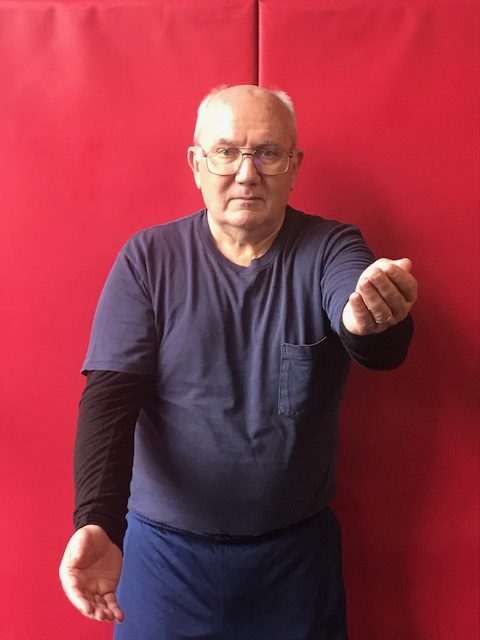February is heart month, so it’s the perfect time to talk about the cardiovascular system and how to keep it healthy!
I’ve worked in cardiac rehabilitation since 1994, I am passionate about educating the public about prevention of heart disease and stroke.
An analysis suggests a link between Parkinson’s disease and the risk for stroke. It’s not clear which causes which since there are types of Parkinsonisms that are vascular and probably due to a stroke or many mini strokes. Researchers aren’t quite sure if Parkinson’s somehow raises the risk for ischemic stroke (caused by a clot) or if having a stroke weakens the brain, raising the risk that a patient will develop Parkinson’s.
Regardless of the reason, everyone should minimize their risk of stroke by abstaining from smoking and excessive alcohol intake, getting regular exercise, maintaining a healthy weight, controlling high blood pressure, preventing diabetes, and reducing stress.
Signs of a Stroke
A stroke could happen to anyone: your family, friends, or a stranger on the street. This is how to identify the signs of a possible stroke: Think F.A.S.T
Minutes count with a stroke. The goal is to save valuable brain tissue and to Think F.A.S.T. It may be harder to detect a stroke with people who have Parkinson’s, but here are some tips to pick up on positive signs.
-
- Facial Droop. Have the patient show their teeth or smile. Does one section of the face droop down? If person has facial masking with PD or they are panicking, it may be easier to have them stick their out their tongue. Does it shift to one side?

-
- Arm Drift. Have the patient extend both arms straight out. Does one arm drift down?

-
- Speech abnormalities. Is the patient’s speech slurred or garbled? Have the patient say, “The sky is blue.” If they ordinarily have speech problems, just have them say their name. Stroke causes a disconnect and words don’t make it from the brain to the mouth.
Other symptoms to notice:
-
-
- Sudden NUMBNESS or weakness of face, arm, or leg, especially on one side of the body
- Sudden CONFUSION, trouble speaking or understanding speech
- Sudden TROUBLE SEEING in one or both eyes
- Sudden TROUBLE WALKING, dizziness, loss of balance or coordination
- Sudden SEVERE HEADACHE with no known cause
-
After reading the above signs you may think it sound usual for your loved one. Remember stroke symptoms are new and unusual for the individual.
- TIME. Call 911 immediately (activate EMS system). If any 1 of these 3 signs is abnormal, the probability of a stroke is 72%.
Currently, half of all stroke victims are driven to the ER by family or friends. Do not drive them to the ER! This is important because EMS responders can transport the patient to a hospital faster, and notify a hospital that a patient is coming. The hospital staff can prepare for efficient evaluation and fast track them for an urgent CT scan to determine whether it is a clot (needs thrombolytic clot-busters) or surgery for a bleed. Meanwhile, in transit, the paramedics can start treating patient immediately ie; insert IV, check blood glucose, take vitals, administer oxygen.
When you call 911:
- Tell them you suspect a stroke.
- Do not give patient aspirin as you would with a heart attack. If this is a hemorrhagic bleed in the brain, aspirin can make it worse.
- Recall and report the last time you saw the patient well this will determine their treatment plan.
- Supply a list of medications patient is taking.
- Disclose any other medical histories: Parkinson’s, diabetes, high blood pressure, alcohol or drug use, past strokes or heart attacks. The more thorough you are, the better. It will help rule out and fast-track the treatment plan.
So, remember: Think F.A.S.T!
~ Coach Kimberly
- Study mentioned in the article: Andrew Feigin, M.D., neurologist, Northwell Health’s Neuroscience Institute in Manhasset, N.Y.; Ajay Misra, chairman, department of neurosciences, Winthrop-University Hospital in Mineola, N.Y.; American Stroke Association, news release, Feb. 32, 2017
